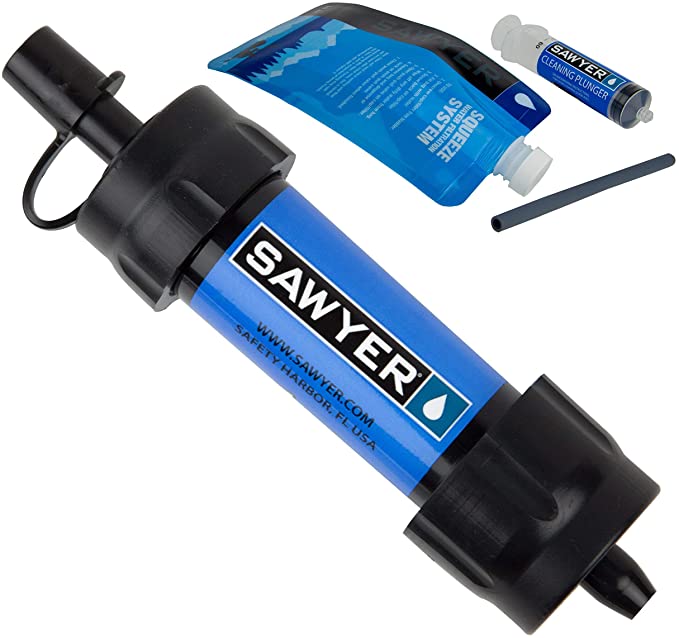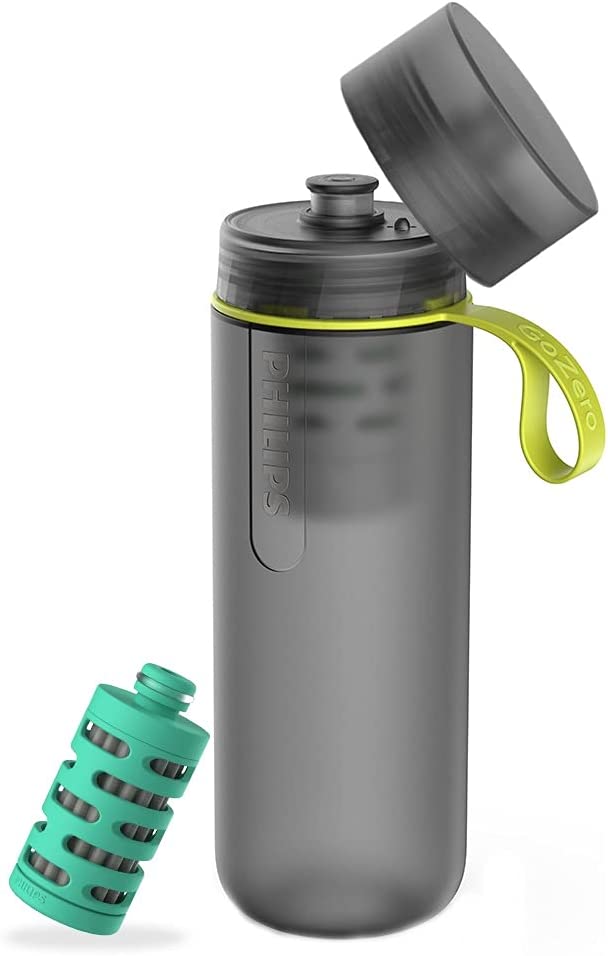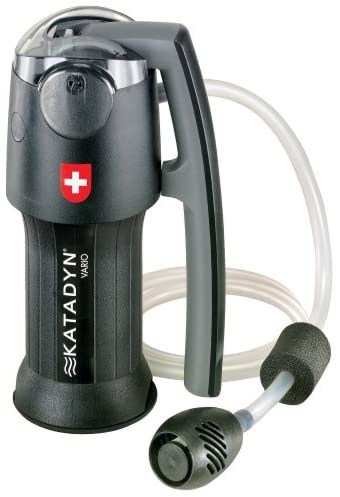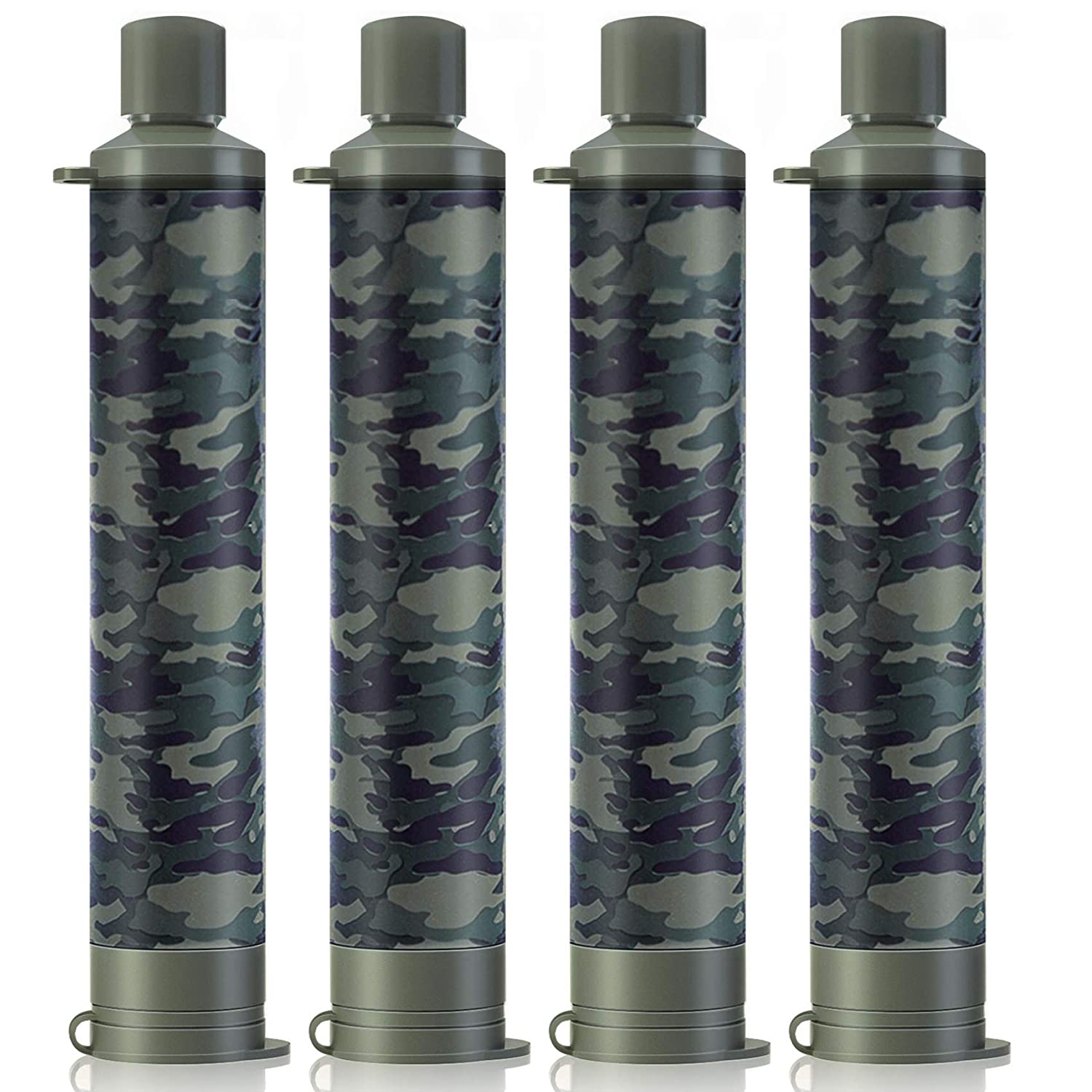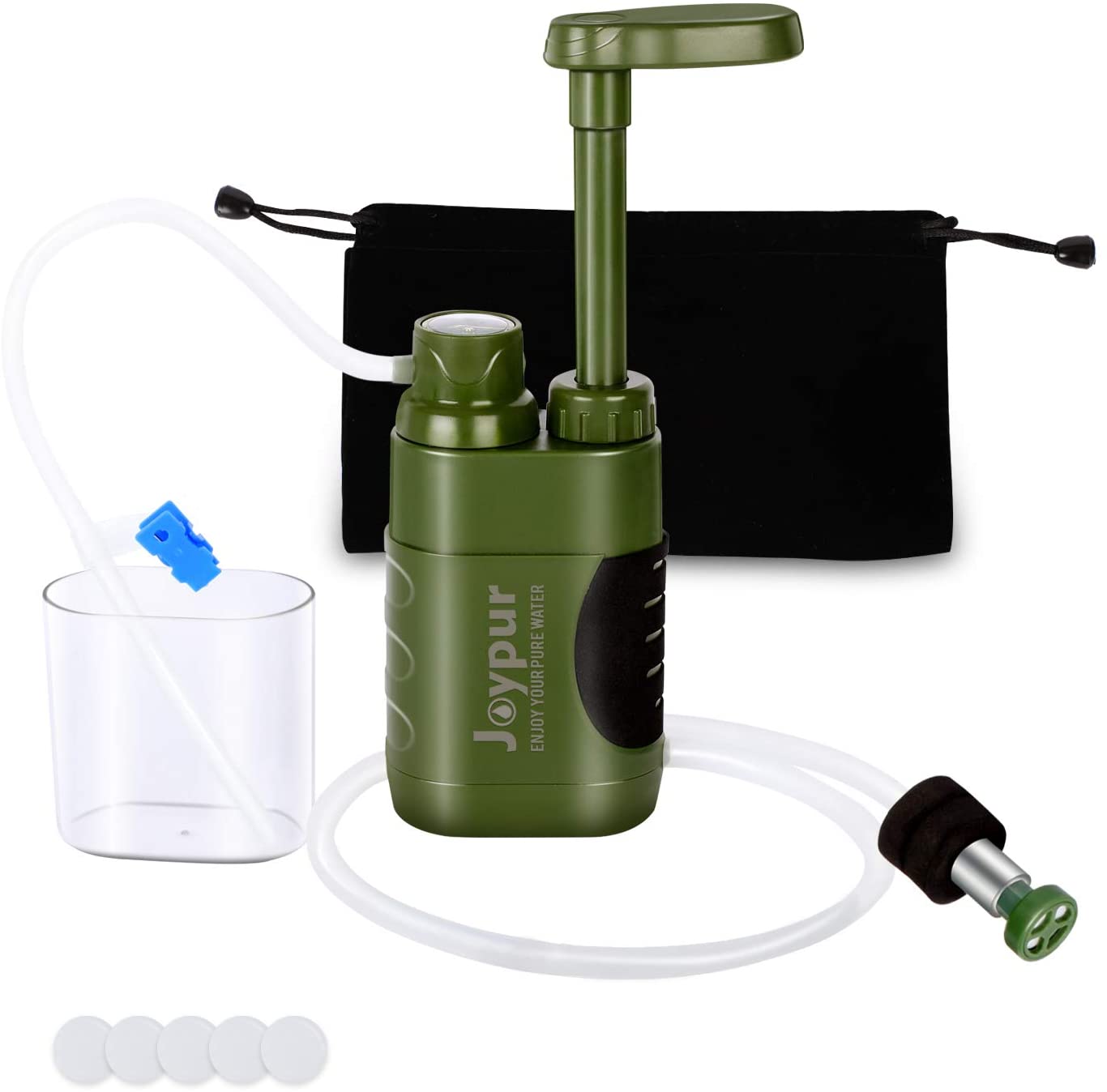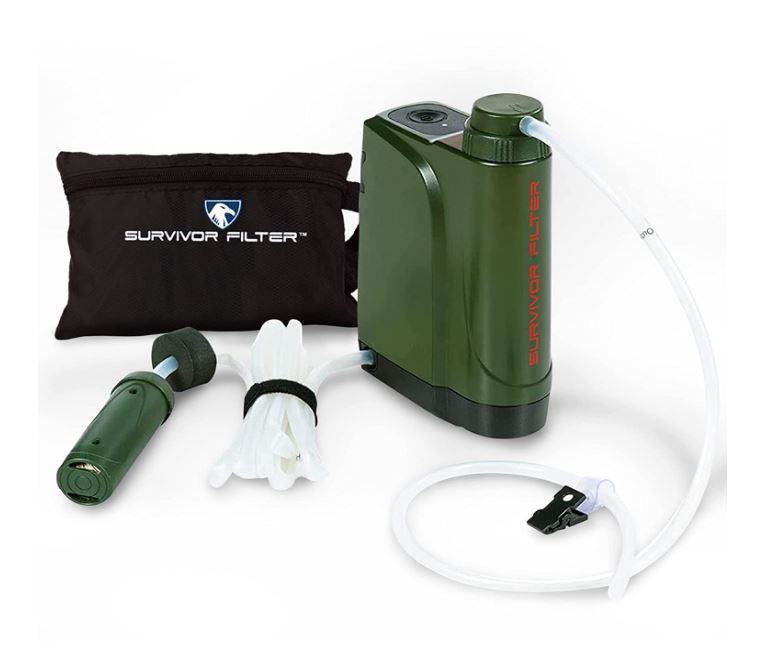Sawyer Products Emergency Preparedness Water Filter For Outdoors
Last updated: July 31, 2023
Whether you're planning a hiking trip or packing an emergency preparedness kit, this water filter for outdoors is a must-have tool. It's small and lightweight, making it easy to fit in any backpack or suitcase. It's designed to filter 99% of bacteria, protozoa and microplastics in as many as 100,000 gallons of water.
We looked at the top Water Filters For Outdoors and dug through the reviews from some of the most popular review sites. Through this analysis, we've determined the best Water Filter For Outdoors you should buy.
Product Details
Key Takeaway: You'll find this water filter for outdoors comes in a choice of colors, including blue, black, orange and green.
In our analysis of 11 expert reviews, the Sawyer Products Emergency Preparedness Water Filter For Outdoors placed 2nd when we looked at the top 9 products in the category. For the full ranking, see below.From The Manufacturer
Ideal for outdoor recreation, hiking, camping, scouting, domestic and International travel, and emergency preparedness. High-performance 0.1 Micron absolute inline filter fits in the palm of your hand and weighs just 2 ounces; 100% of MINI units individually tested three times to performance standards by Sawyer. Attaches to included drinking pouch, standard disposable water bottles, hydration packs, or use the straw to drink directly from your water source. Removes 99.99999% of all bacteria (salmonella, cholera, and E. coli); removes 99.9999% of all protozoa (such as giardia and cryptosporidium); also removes 100% of microplastics. Filter rated up to 100,000 gallons; Includes one Sawyer MINI filter, 16-ounce reusable squeeze pouch, 7-inch drinking straw, and cleaning plunger.
